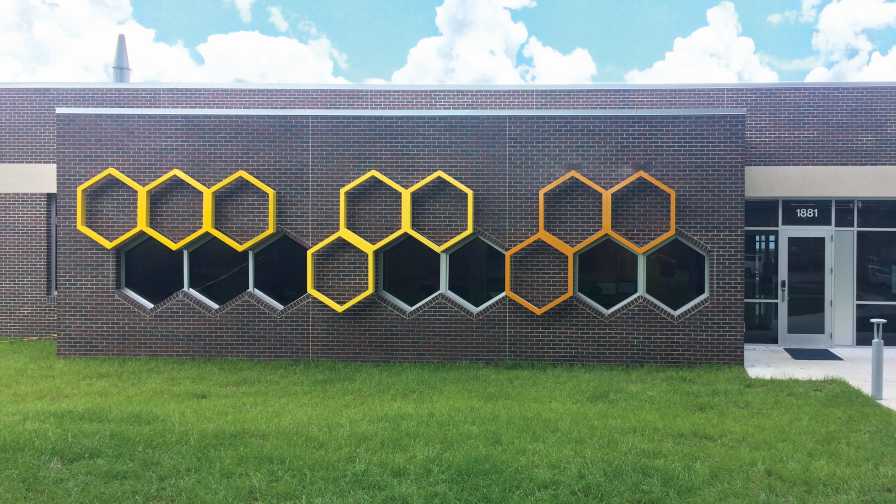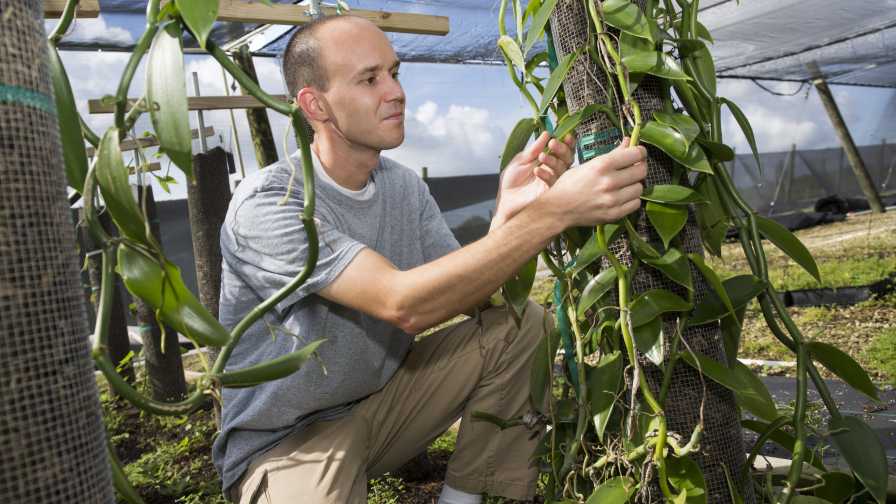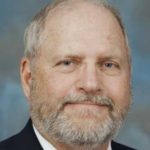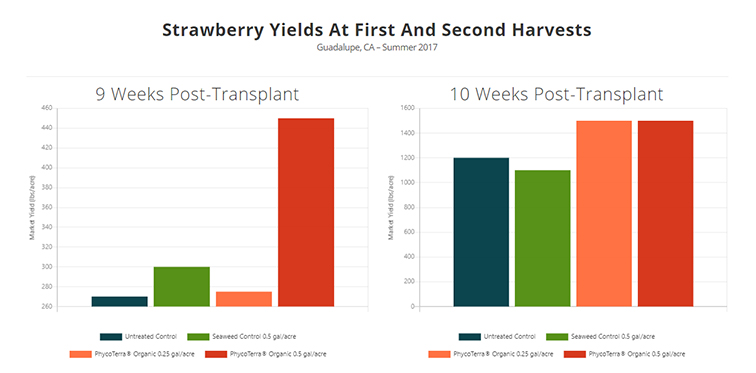Degree of Difficulty High in the Advancement of Florida Agriculture

The new UF/IFAS honeybee campus, which opened last summer, is home to three buildings, covering 16,000 square feet.
Photo courtesy of UF/IFAS
The state of the science on which Florida agriculture relies is both remarkably strong and yet not where it needs to be. Producers tell us they can use more science. Thanks to the state’s cattle ranchers, nursery industry folks, and other producers for also telling the legislature they can use more. Their support for the University of Florida’s Institute of Food and Agricultural Sciences (UF/IFAS) budget helps us put more scientists to work on Florida agriculture’s challenges.
It’s not just more, more, more that we’re after. We’ve been doing a lot to go after better. We haven’t waited for state money to do it. By making advances not only in science, but in how we do science, we’re deploying our expertise in ways we think are most likely to help Florida farms.
Science in Action
Here’s a recent sampling that represents how the state of UF/IFAS’ innovation machine is one of constant improvement:
- Last year, we opened the UF/IFAS Honey Bee Research and Extension Lab. And we’ve hired a new pollination ecologist who will lead the charge on crop pollination research;
- We launched the Center for Stress Resilient Agriculture to channel our expertise into research on how crops and livestock withstand heat, drought, and other tests. We’ll look at how to respond to those strains in ways that cut farmers’ costs, advance their protection of natural resources, and actually work for real people outside the lab.
- We’ve converted our Extension center in Live Oak into a bona fide research station — the North Florida Research and Education Center, Suwannee Valley. It will continue its Extension work, but the new classification will help us accelerate research for a region that’s home to one in five Florida farms.
- We’ve assembled our experts on algae and water quality into a team that will examine links between nutrients and harmful algae blooms. It will go a whole lot further and look at links to urban development, lawn and landscape maintenance, septic tanks, natural sources, and coastal water quality and dependent economies. The UF/IFAS algae task force will search for causes of harmful algae blooms and ways to mitigate or control them.
- The new Center for Land Use Efficiency will investigate and share more of what it learns about water and land use as 21 million Floridians, the 1,000 people who join them daily, and 100 million tourists a year, stretch the water supply.
Of course, this innovation machine needs fuel to rev faster. That’s why we sought funding from the legislature this year to bolster 4-H, the Tropical Aquaculture Lab, horticulture research, and upgrades to our experimental fields at our Southwest Florida Research and Education Center in Immokalee.
The state of UF/IFAS is as strong as Florida agriculture’s support of it. So, thanks for telling policymakers how important science is to your operations. It’s essential that you do so for us to keep pace with your challenges as they grow in number and complexity.
The more success we have in Tallahassee this year, the more success we’ll have on your ranches, in your groves, in your fields, in your ponds, and in your greenhouses next year and beyond.
Decades of investment contributed to what is now an $80 million blueberry industry. Most Florida acreage is planted in UF/IFAS-developed cultivars. That’s an example of how UF/IFAS always is striving toward progress. That looks different from era to era. We’ve been breeding blueberries through traditional means since at least the 1940s and, in recent years, we’ve accelerated advances by adding expertise in the use of molecular tools to create new varieties.

Vanilla could be the next alternative crop of choice for Florida growers. Photo courtesy of UF/IFAS
Vetting Alternative Crops
We’re at work on the next version of that success story. It could be pomegranates, tea, vanilla, olives, or even hops and hemp.
The next game changer also could be an improved version of a tried and true crop — a mechanically harvested blueberry, a tomato that consumers clamor for because it tastes so good, or HLB-tolerant citrus varieties.
We reap rewards in discovery from the investment we sow in publicly funded and industry-funded science. The 150-year partnership of government, industry, and academia has formed the backbone of progress. That partnership is key to the current strong state of Florida’s premier land-grant university.










